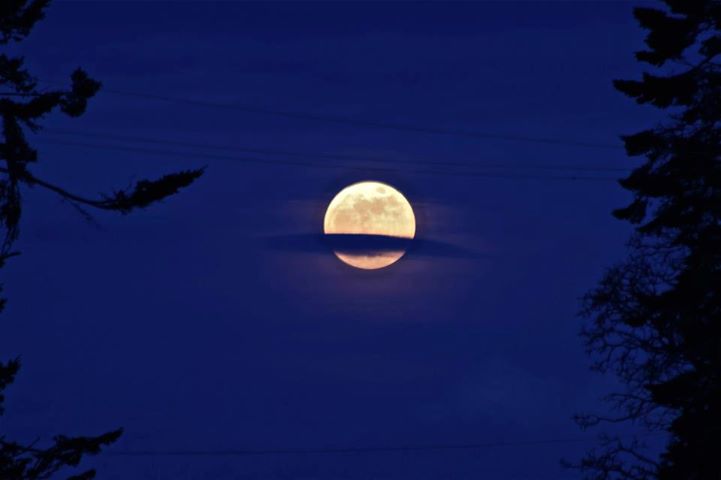How to get a great photo of the SuperMoon this weekend!
Friday, June 21, 2013 | By: Brenda Jankowski Bucks County Beauty Photographer brenPhotography
If you think the moon looks eerily large this weekend you are not crazy - it’s the Super Moon. This full moon will be the closest and largest of 2013, but it is not as close as the one from 2011.
Want to grab a photo? Here are some tips. I hope you will share your photos on brenPhotography Facebook page next week.

You may need to get out the instruction manual, but it will be worth it.
Set your camera to full manual.
Use a tripod. Or place your camera on a stable surface. The reason for using a tripod is simple -for sharper images, a tripod can help.
Hold your breath when pushing the shutter – again to avoid camera shake and a blurry photo.
Use a fairly fast shutter speed (around 1/125). The moon moves fairly fast, and slow exposures can show movement and thus blur. Also the moon is bright so you do not need to let as much light in as you might think.
Use a fairly large F-stop. In situations like this, where you are aiming for lots of detail, you are better off at f9, f11, or even f16.
Keep your ISO low. At ISO 100.
Bracket exposures. Do multiple exposures by bracketing, or changing one of your settings (ISO, shutter speed, or F-stop) to be sure you get the best shot, especially if you want to expose for the moon and clouds.
Manually focus. Do not rely on autofocus. Instead set your focus manually for sharper images with more detail and textures.
Consider what is around you. Most submissions and shares on Facebook are of the moon on the black sky. This shows details in the actual moon. But they all start to look alike. Shooting the moon near the horizon with some ambient light and surroundings like mountains or water, adds another interesting component to the images.
Photograph soon after the moon rises. The moon tends to be more dramatic and appears larger when it comes over the horizon. Through the night it will slowly appear smaller.

Leave a comment
0 Comments